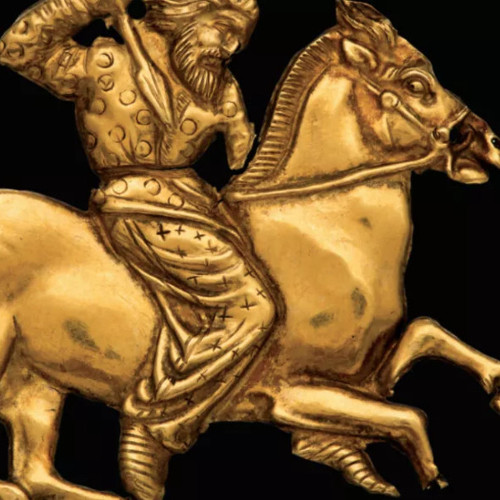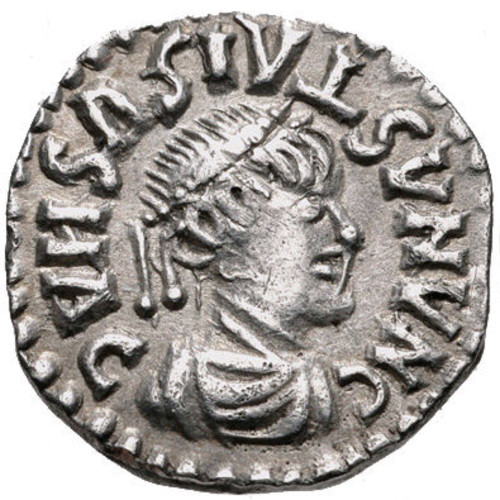
Dedicated for all DNA, Analysis Results, History, Research topics related to: Rugii
The Rugii (Old Norse for rye eaters) were an East Germanic tribe who migrated from southwest Norway to Pomerania around 100 AD. Tacitus mentions them as adjacent to the Goths on the Baltic Sea and characterized them as carrying round shields and short swords or spears. Around the middle of the 2nd century AD, there was a significant migraiton of Germanic tribes of Scandinavian origin towards the south-east creating turmoil on the Roman frontier. Many Rugii left the Baltic coast during the migration period alongside Goths, Gepids and Burgundioans. In the beginning of the 4th century, large parts of the Rugii settled at the upper Tisza in ancient Pannonia (Hungary). They were at first attacked by the Huns but then joined Attila's campaign in 451 against Rome. When Attila died, they rebelled and created a kingdom called Rugiland in lower Austria north of the Danube. A few years later the Rugii joined the Ostrogothic king Theodoric the Great in his invaion of Italy. After the Gothic War against Byzantine Emperor Justinian ended in defeat, the Rugii seemed to have vanished to parts unknown.











Comments